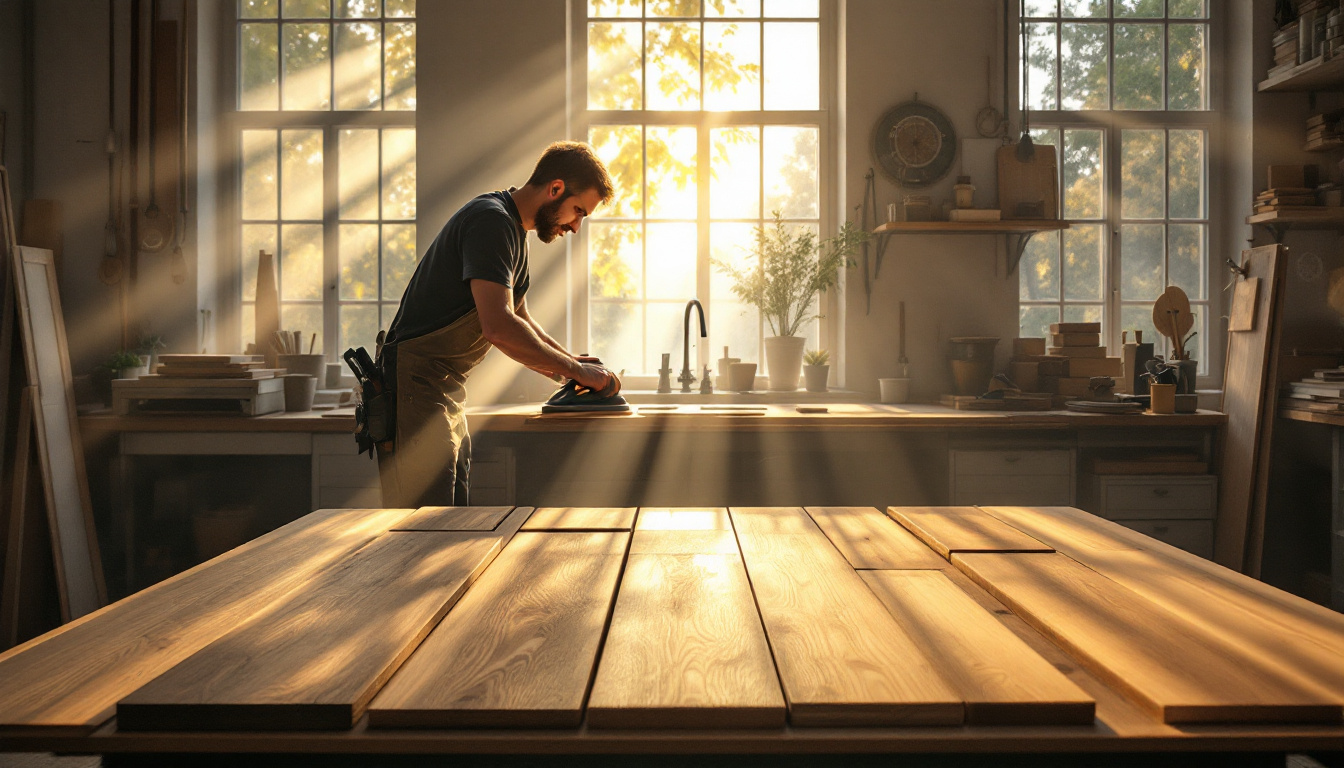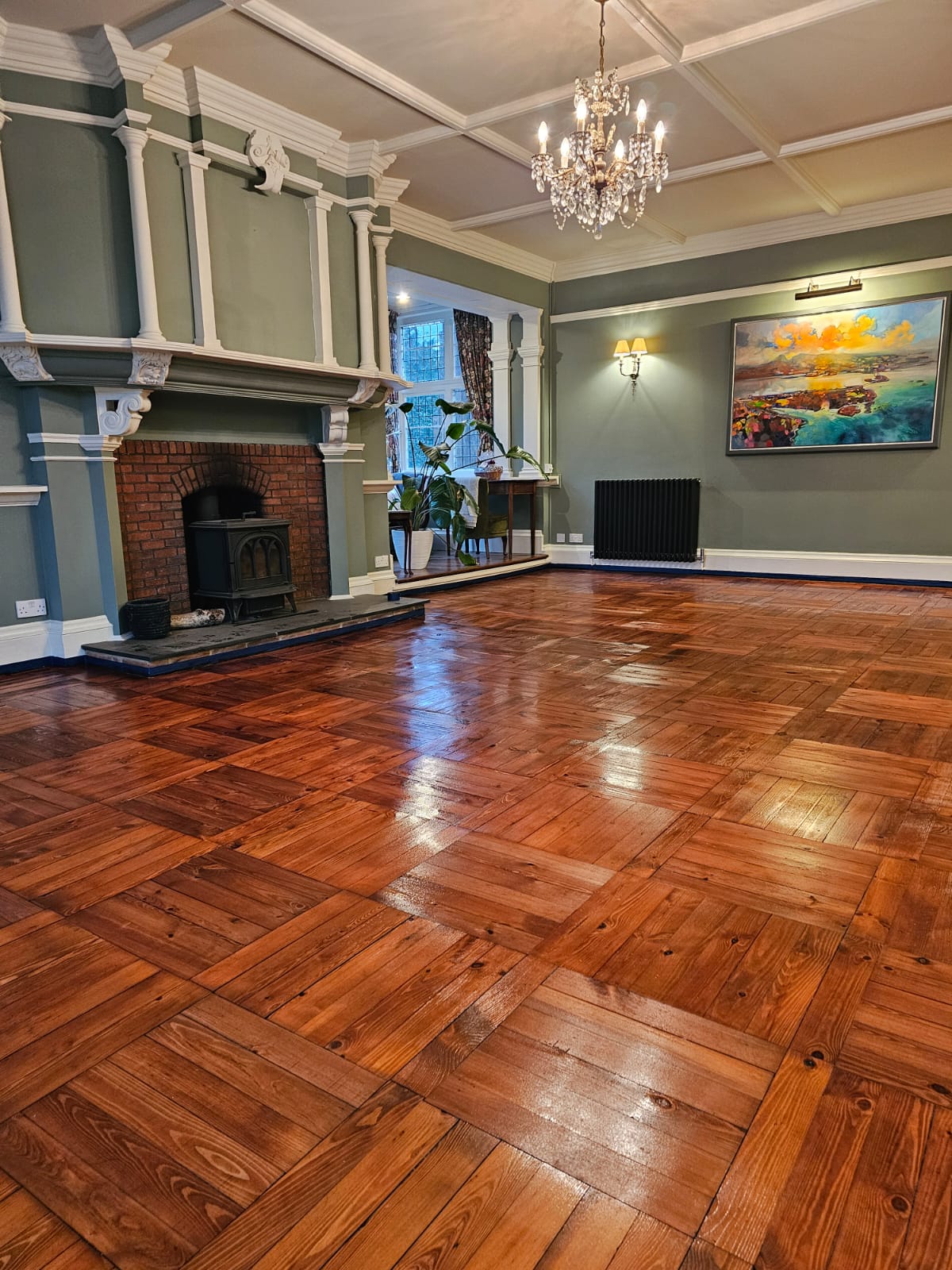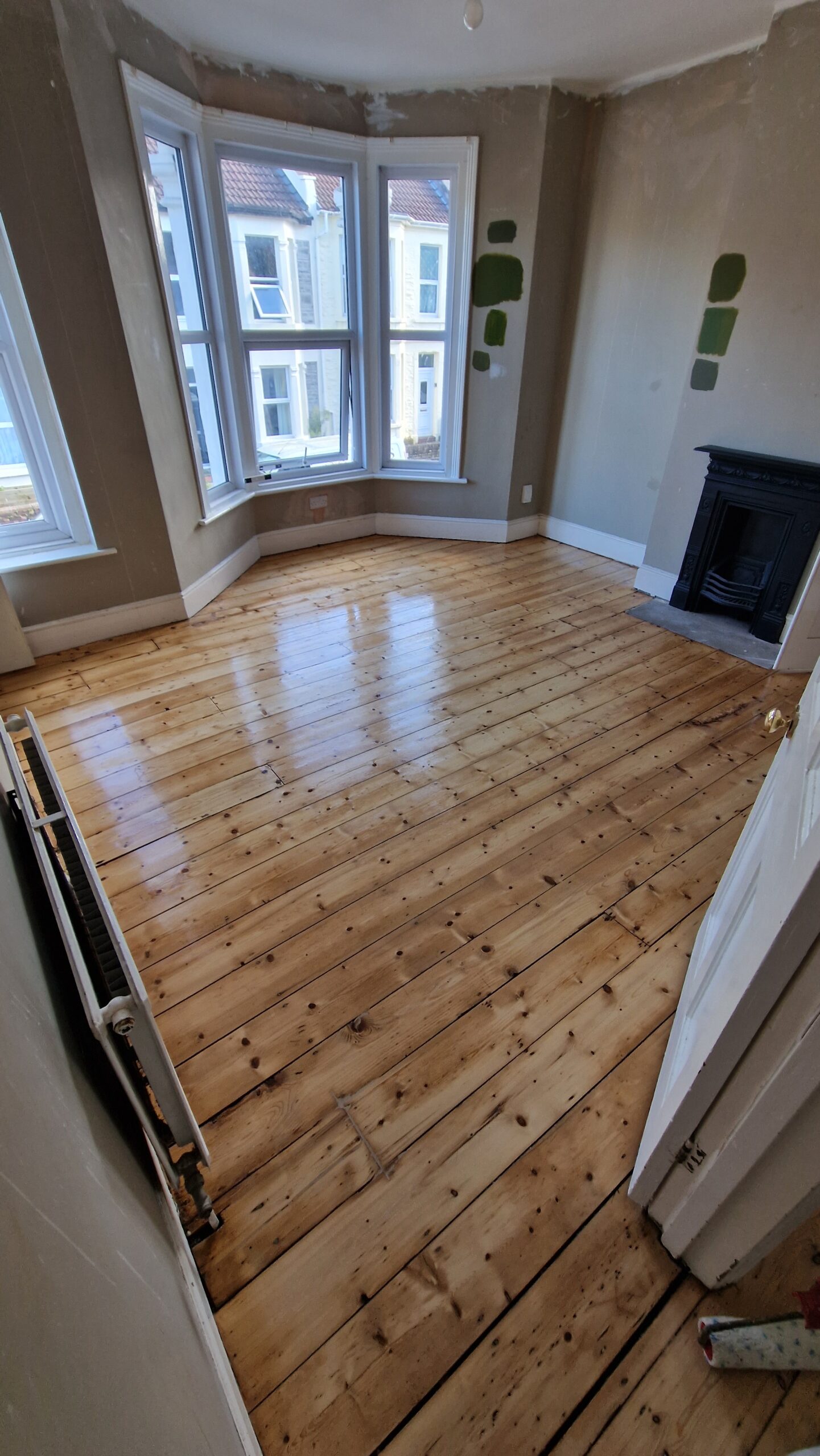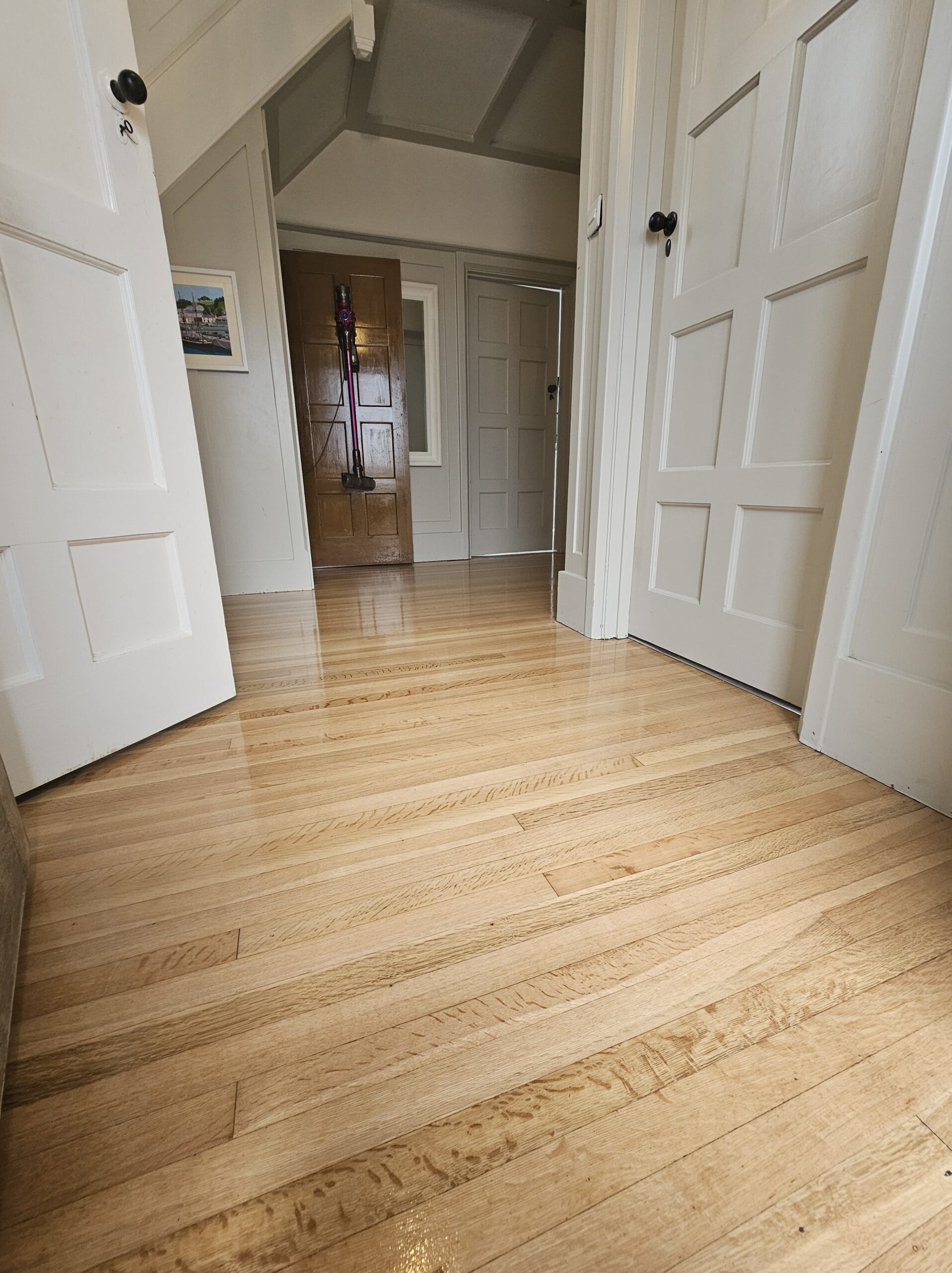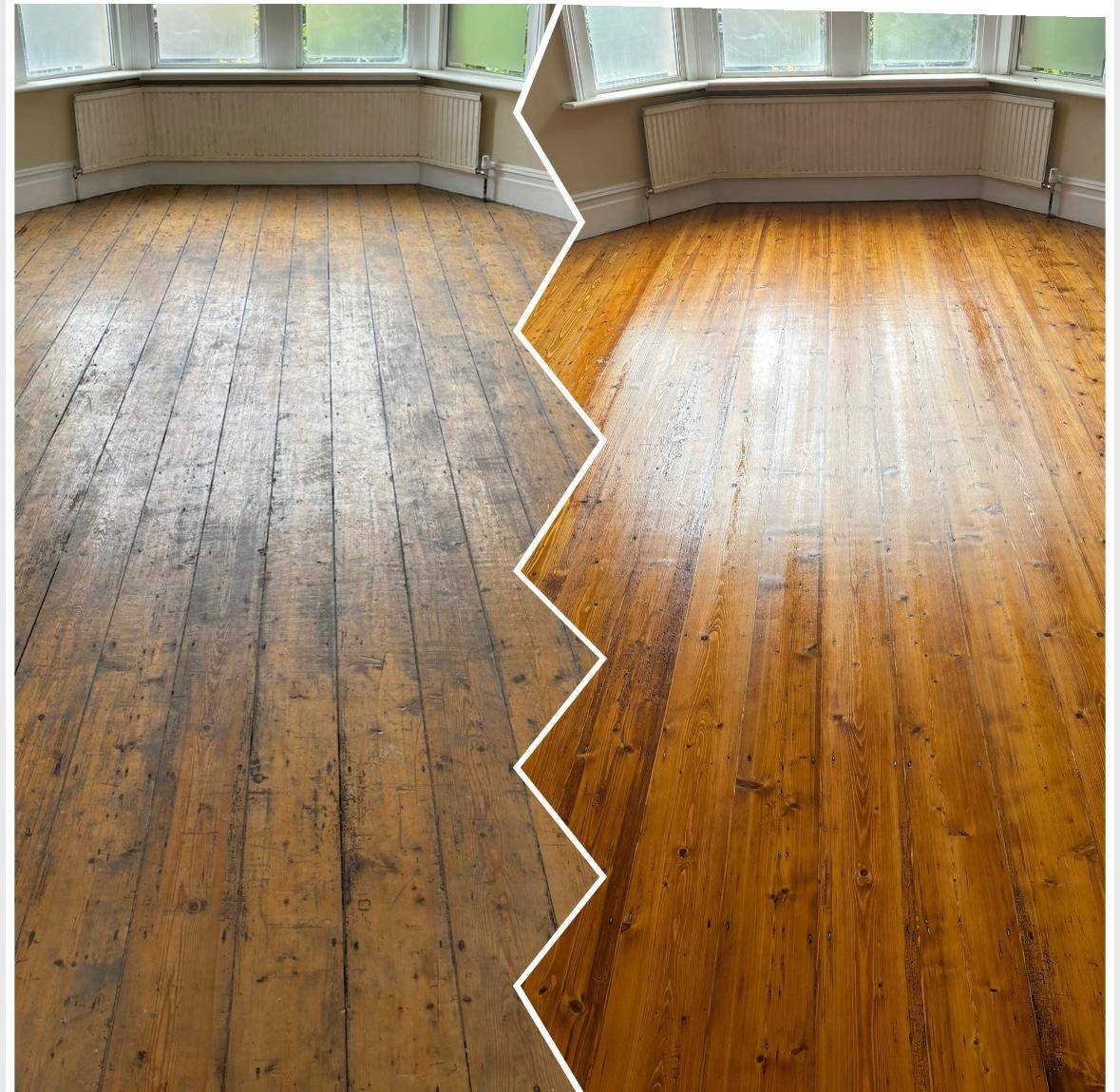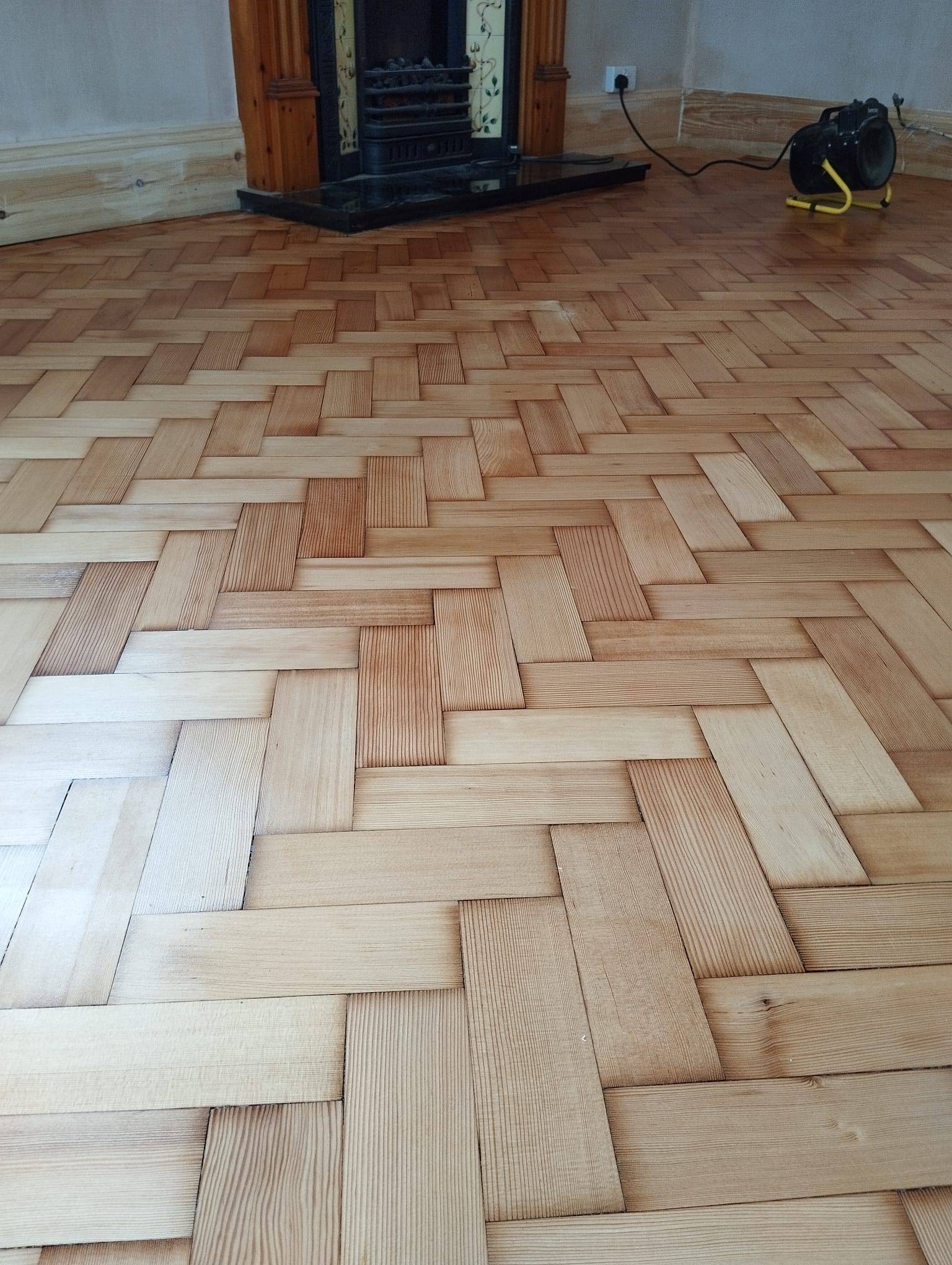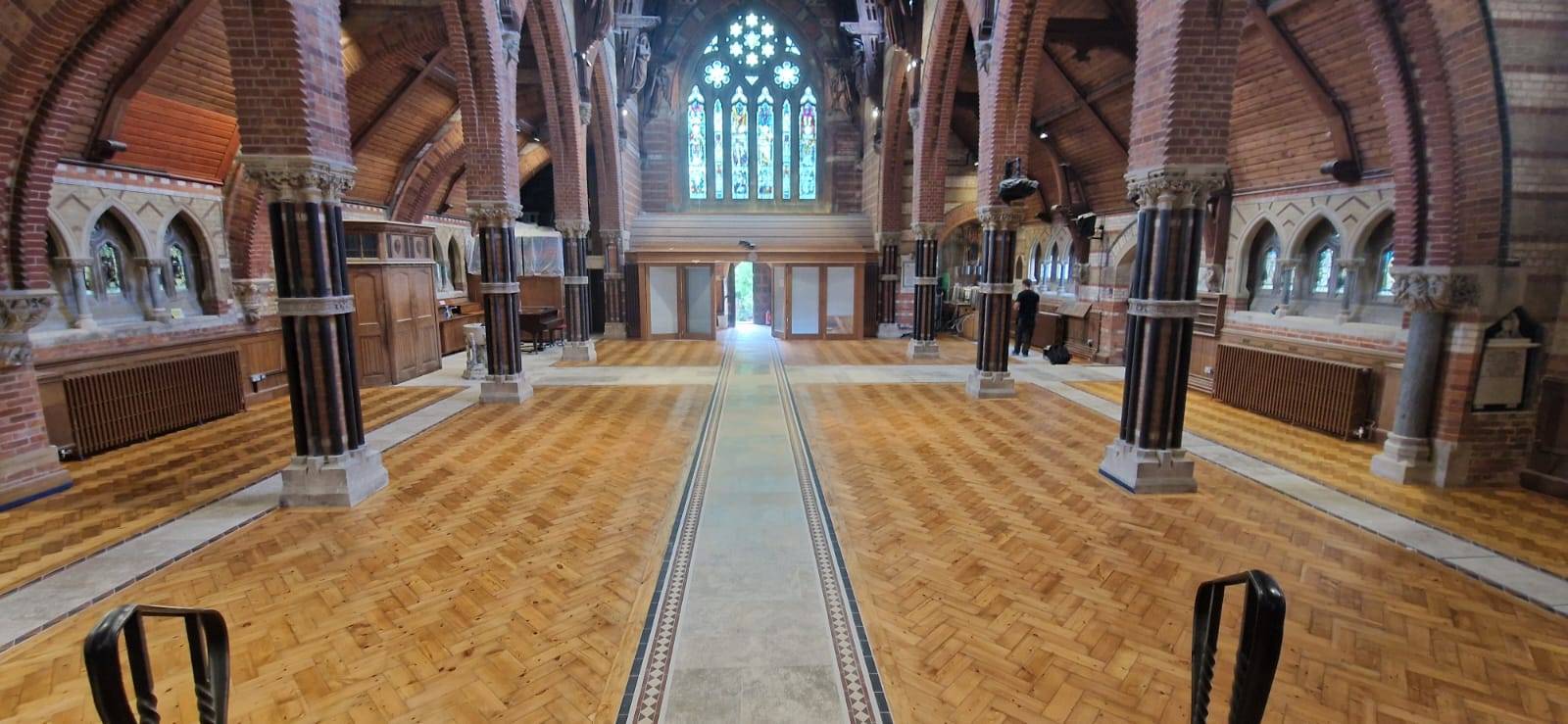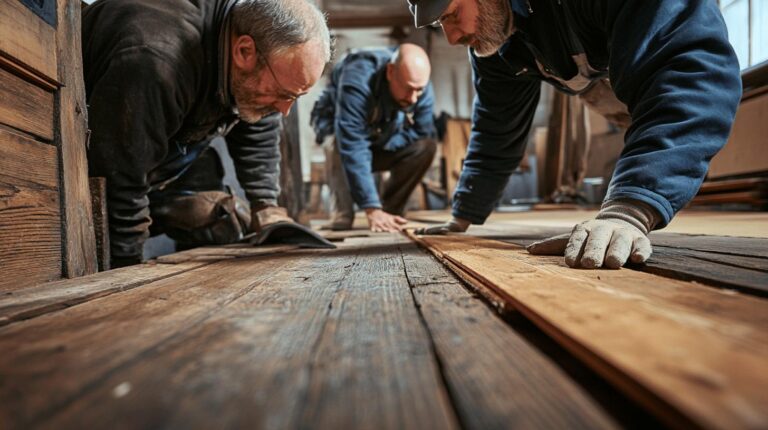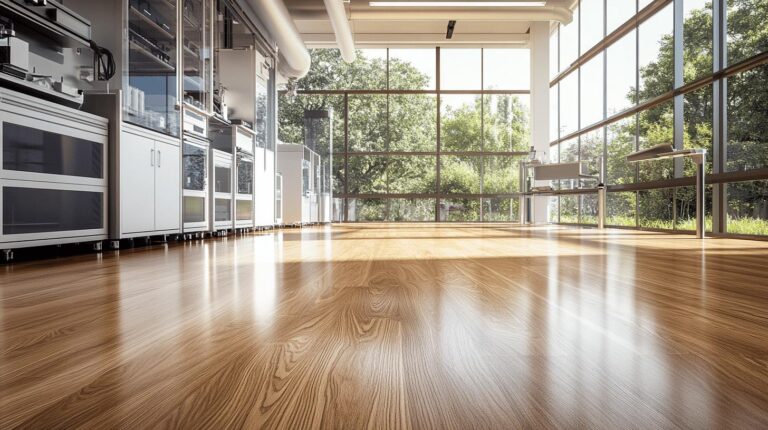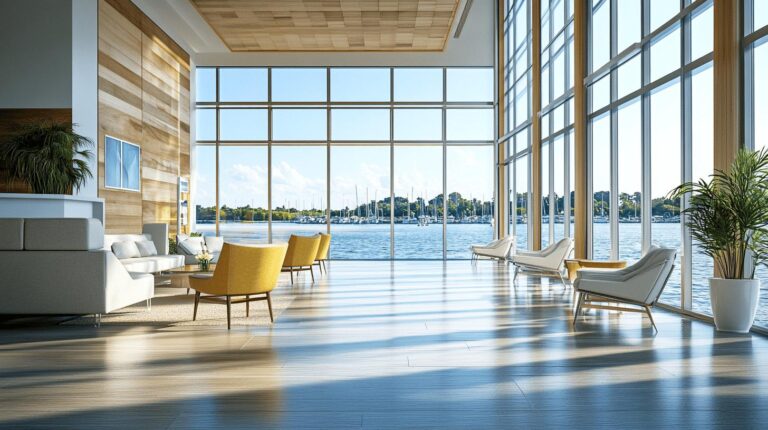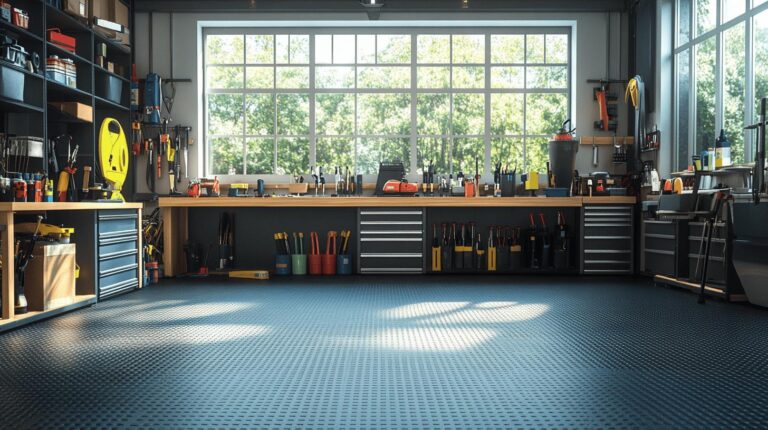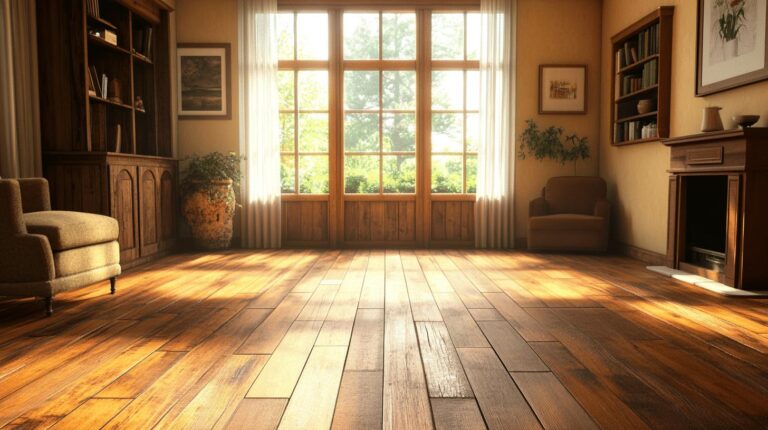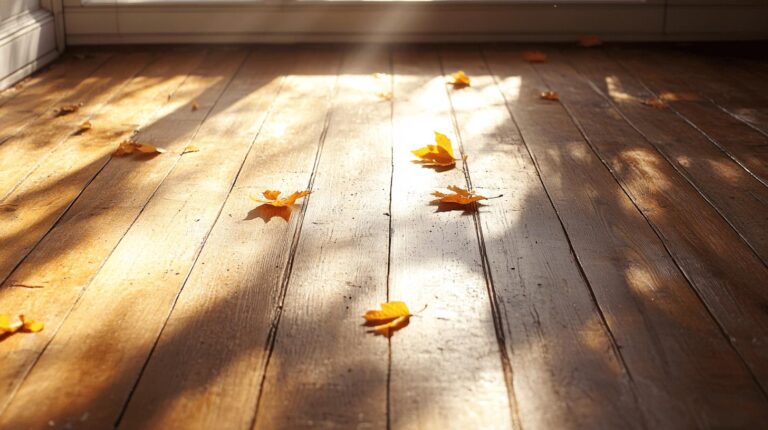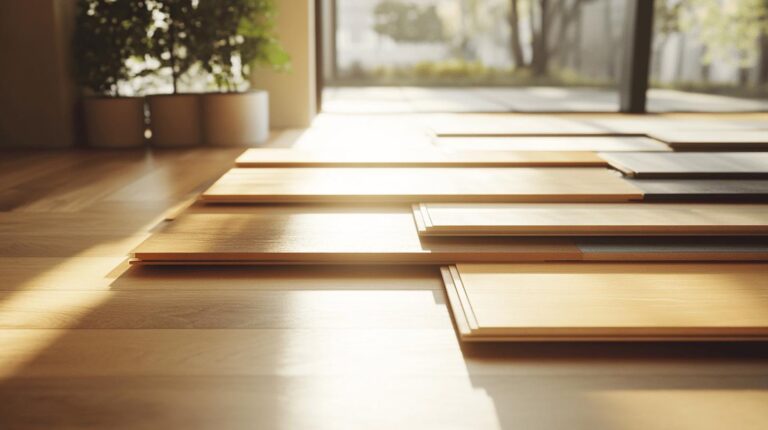When it comes to floor restoration, choosing between engineered and solid wood flooring is like deciding between a reliable modern marvel and a timeless classic piece. Each offers unique benefits and challenges, particularly in restoration techniques. Homeowners must navigate the intricate differences, understanding factors like the layering of engineered wood, which stabilises against environmental shifts, versus solid wood’s enduring charm and distinctive grain patterns. In this article, we delve into the essential restoration techniques for both types, helping you make informed decisions to enhance your home’s aesthetic and value.
Understanding Engineered and Solid Wood Floors
Engineered wood flooring is renowned for its innovative layered construction, which typically ranges from 3 to 10 layers. The top layer is crafted from hardwood, providing an authentic wood appearance, while the underlying layers are composed of plywood or high-density fibreboard. This multi-layer design offers remarkable stability, making engineered wood less susceptible to warping or swelling due to environmental changes. The construction allows for installation over a variety of subfloors, including those with radiant heating systems, enhancing its versatility and appeal in both residential and commercial settings.
In contrast, solid wood flooring is made entirely from a single piece of hardwood, celebrated for its distinctive grain patterns and timeless natural beauty. The uniform composition allows solid wood floors to be sanded and refinished multiple times, extending their lifespan significantly. However, this also means they are more sensitive to humidity and temperature fluctuations, requiring careful environmental control to prevent issues such as cupping or gapping. The natural aesthetic of solid wood, complemented by its ability to be customised with various stains and finishes, makes it a desirable choice for those seeking an authentic and enduring flooring solution.
- Material Composition: Engineered wood consists of multiple layers; solid wood is a single hardwood piece.
- Dimensional Stability: Engineered wood offers better resistance to environmental changes.
- Refinishing Potential: Solid wood can be refinished multiple times; engineered wood has a limited refinishing capability.
- Installation Flexibility: Engineered wood can be installed over various subfloors, unlike solid wood.
- Aesthetic Options: Solid wood provides unique grain patterns; engineered wood offers a wide range of finishes and styles.
Key Restoration Techniques for Engineered Wood Flooring
Engineered wood flooring offers a beautiful and stable alternative to solid wood, but its restoration process is unique due to the construction of the product. Unlike solid wood, engineered wood can only be refinished a few times during its lifespan. This limitation arises from the relatively thin hardwood veneer that sits atop the layers of plywood or fibreboard. Overzealous sanding can quickly wear down this veneer, compromising both the appearance and structural integrity of the flooring.
Sanding Techniques for Engineered Wood
Sanding engineered wood requires precision and a gentle touch. The veneer layer is typically between 1 to 4 millimetres thick, necessitating careful assessment of sanding depth to avoid damage. Professionals often recommend using a fine-grit sandpaper to delicately remove the surface finish without penetrating too deeply. This method helps in preserving the veneer while still preparing the surface for refinishing. It’s essential to monitor the process closely, ensuring that the sander is not left in a single spot for too long, which could cause uneven wear.
- Limit Sanding Frequency: Aim for minimal refinishing during the flooring’s lifecycle to preserve the veneer.
- Avoid Excessive Pressure: Use a gentle approach with fine-grit sandpapers to protect the surface.
- Inspect Regularly: Monitor the veneer thickness before and during sanding to prevent over-sanding.
- Professional Guidance: Consider hiring experienced professionals for sanding to ensure optimal results.
Moisture resistance plays a crucial role in maintaining engineered wood flooring. The inherent stability of engineered wood does provide some resilience against humidity, but proper maintenance is still necessary to extend its lifespan. Utilising moisture-resistant finishes and ensuring that spills are promptly cleaned can help prevent water damage. Regularly sweeping and using a damp mop with a suitable cleaner also aids in maintaining the floor’s condition. Adopting these practices will ensure that engineered wood floors remain both aesthetically pleasing and structurally sound over time.
Key Restoration Techniques for Solid Wood Flooring
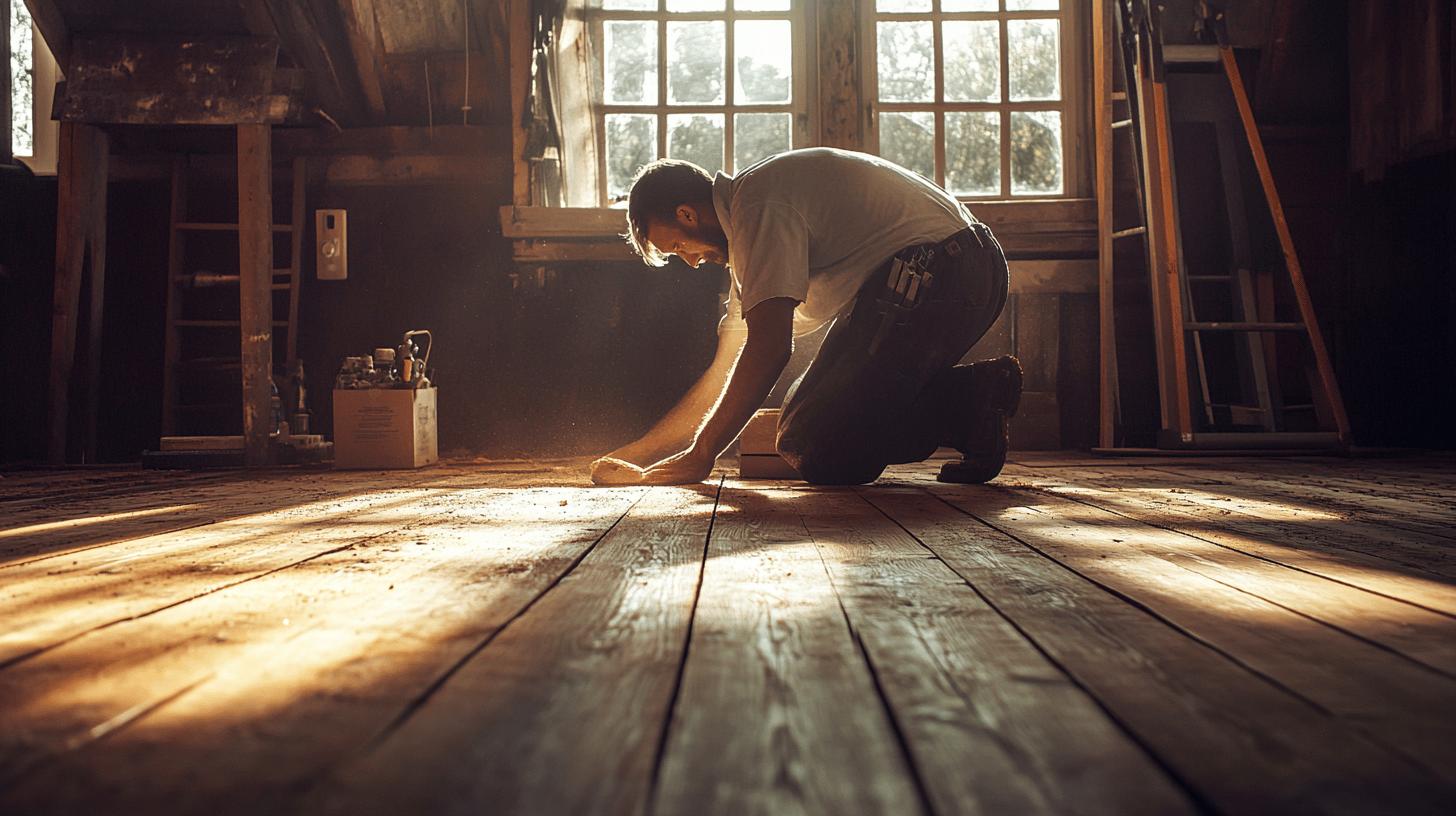
Solid wood flooring stands out for its ability to be sanded and refinished multiple times, significantly extending its lifespan. This characteristic is particularly advantageous for those seeking durability and longevity in their flooring investment. The process of resurfacing solid wood involves the removal of surface imperfections, scratches, and stains, restoring the floor to its former glory. Each sanding and refinishing cycle allows homeowners to update the floor’s appearance, whether by changing the stain colour or simply refreshing the existing finish. This adaptability makes solid wood a preferred choice for those who value both aesthetics and functionality in their flooring.
Advanced Sanding Techniques for Solid Wood
When sanding solid wood floors, precision is crucial to preserving the material’s integrity and ensuring a smooth, flawless finish. The depth of sanding must be carefully considered, typically removing only a thin layer of the wood’s surface to avoid compromising the structural stability of the planks. Using a sequence of sanding papers, starting from coarse to fine grit, is recommended to gradually smooth out the surface. This methodical approach not only enhances the wood’s natural beauty but also prepares it for the application of new finishes. Professional sanding techniques ensure that the floor remains level and consistent, prolonging its usability and appeal.
- Regular Cleaning: Sweep or vacuum frequently to prevent dirt and grit from scratching the surface.
- Water Avoidance: Limit exposure to water and clean spills immediately to prevent warping.
- Humidity Control: Maintain stable indoor humidity levels to avoid expansion and contraction of the wood.
- Furniture Pads: Use pads under furniture legs to prevent dents and scratches.
- Rug Placement: Place rugs in high-traffic areas to minimise wear and tear.
Protective finishes play a vital role in maintaining the condition of solid wood floors. These finishes serve as a barrier against external elements, reducing the risk of damage from moisture, spills, and daily wear. Options such as polyurethane, oil-based, or water-based finishes cater to different preferences, each providing various levels of protection and sheen. Regularly updating the finish as part of routine maintenance not only preserves the floor’s appearance but also extends its life, ensuring that solid wood flooring remains a lasting and valuable feature in any home or commercial space.
Comparing Restoration Costs and Longevity
Restoration costs for solid wood flooring tend to be higher compared to engineered wood, primarily due to the ability to sand and refinish solid wood multiple times over its lifespan. This frequent refinishing, while extending the floor’s life, incurs additional expenses. In contrast, engineered wood, with its limited refinishing capability, may initially appear more cost-effective. However, the potential need for earlier replacement due to the wear of the thin veneer layer can offset these savings.
The longevity of each flooring type is influenced by several factors, including maintenance practices, environmental conditions, and the quality of the product. Solid wood, with its robust construction, can last for decades when properly cared for, offering a long-term investment despite higher restoration costs. Engineered wood provides greater stability against environmental changes, yet its lifespan is restricted by the thickness of the veneer, potentially requiring earlier replacement. Economically, while solid wood involves higher upfront and restoration expenses, its durability can result in lower long-term costs, whereas engineered wood may offer short-term savings but could ultimately necessitate more frequent replacements.
Choosing Between Engineered and Solid Wood for Restoration
Selecting the appropriate wood flooring for restoration involves evaluating several factors, including personal preferences, budget, and the specific requirements of the space. Solid wood flooring is renowned for its authentic aesthetic and long-lasting durability, which can be sanded and refinished multiple times. This makes it an ideal choice for those prioritising natural beauty and longevity. Conversely, engineered wood flooring offers a cost-efficient and versatile option, particularly suitable for environments with fluctuating humidity or temperature. Its layered construction provides stability and allows for installation over various subfloors, making it a practical solution for modern homes and commercial spaces. When deciding between the two, consider the room’s usage—high-traffic areas might benefit from the robust finish of engineered wood, while bedrooms and lounges may appreciate the warmth and character of solid wood.
Expert Tips from Ryan’s Restoration
Ryan’s Restoration advises considering the long-term maintenance and potential refinishing needs when choosing flooring. Solid wood is excellent for rooms where a classic look is desired and frequent refinishing is possible. Engineered wood is recommended for spaces with moisture exposure or where ease of installation is a priority, such as basements or over-radiant heating systems. Additionally, assess the compatibility with existing decor and any environmental control measures required to maintain the flooring’s integrity.
Maintenance Differences and Best Practices
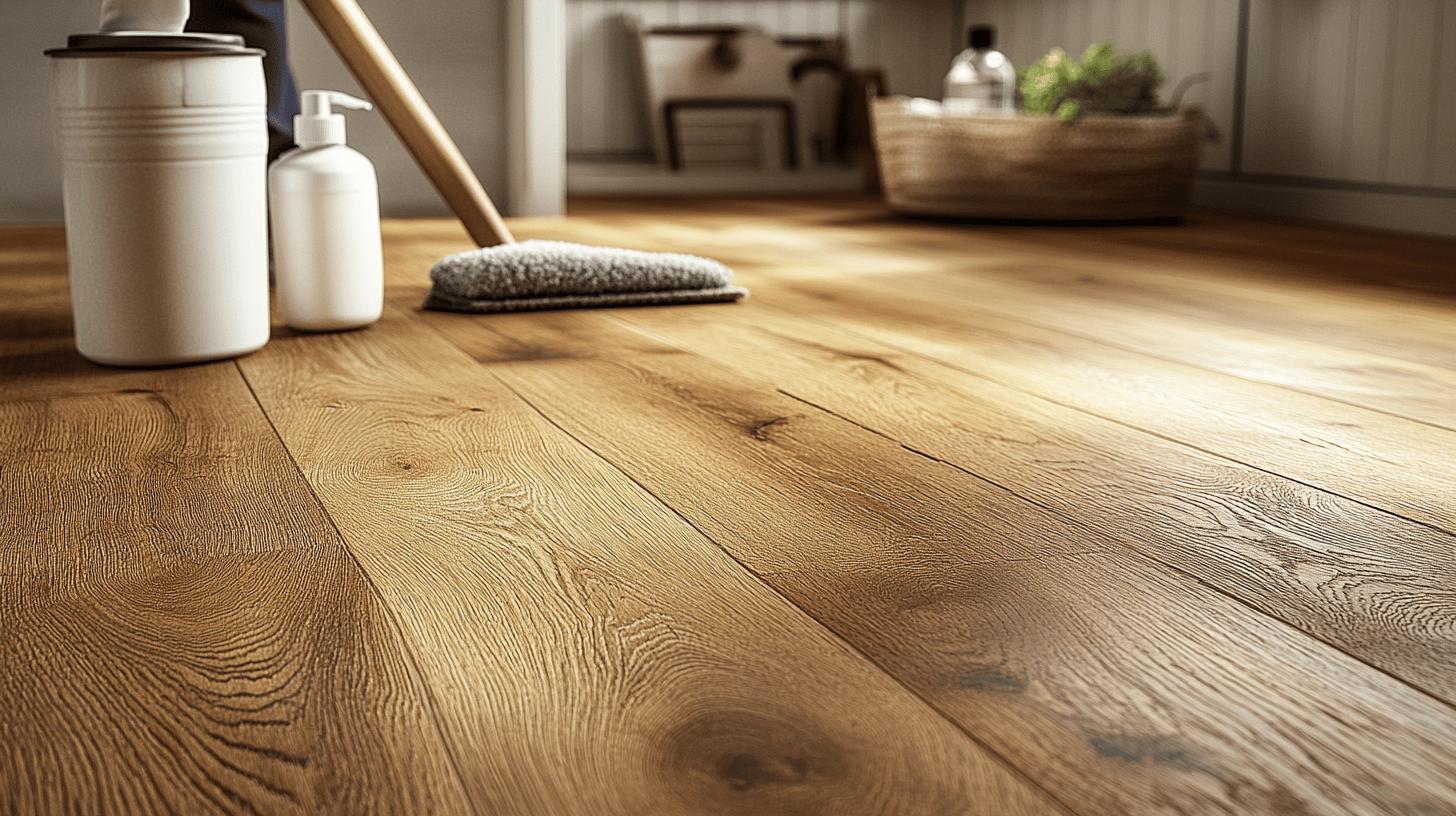
Solid wood flooring demands meticulous maintenance due to its sensitivity to environmental factors. One of the primary challenges is preventing water damage, which can lead to warping, cupping, or gapping. To mitigate these risks, it is crucial to control indoor humidity levels and promptly address any spills. Regular sweeping or vacuuming is essential to avoid scratches from dirt and grit, and the use of protective pads under furniture can prevent dents and scratches. Given the susceptibility of solid wood to moisture, homeowners must exercise careful monitoring and swift action to maintain the floor’s condition and appearance.
In contrast, engineered wood flooring offers a more manageable maintenance routine thanks to its inherent moisture resistance and structural stability. The multi-layered construction of engineered wood provides resilience against humidity fluctuations, reducing the likelihood of warping. Cleaning is straightforward, typically involving regular sweeping and occasional damp mopping with a recommended cleaner. The ease of maintenance makes engineered wood a practical option for spaces prone to moisture exposure or high traffic, where durability and low upkeep are paramount.
- Sweep Regularly: Prevent scratches by removing dirt and debris frequently.
- Use Appropriate Cleaners: Opt for cleaners designed specifically for wood floors to avoid damage.
- Protect from Water: Clean spills immediately and use mats in moisture-prone areas.
- Furniture Pads: Apply pads to furniture legs to prevent indentations and scratches.
Regular care is vital for prolonging the lifespan of both solid and engineered wood floors. Consistent maintenance practices not only preserve the floor’s aesthetic appeal but also enhance its durability. By adhering to recommended upkeep routines, homeowners can ensure their wood floors remain a stunning and enduring feature of their interiors, providing both beauty and value over time.
Final Words
Comparing engineered vs. solid wood flooring, understanding restoration techniques is paramount for homeowners. Engineered floors require delicate sanding due to their layered structure, with limited refinishing opportunities. Solid wood, however, benefits from multiple refinishes and advanced sanding techniques, enhancing its longevity and appeal. Cost and lifespan both reveal solid wood as a longer-term investment despite higher restoration expenses. Choosing the right floor hinges on preferences, budget, and room requirements. Ryan’s Restoration offers insights to guide these decisions, alongside best maintenance practices, ensuring your wood floors remain beautiful and durable for years.
FAQ
Q: What is better, engineered or solid wood flooring?
A: Solid wood flooring offers an authentic aesthetic and can be refinished multiple times, providing long-term durability. Engineered wood is cost-effective, moisture-resistant, and versatile, making it ideal for spaces with humidity fluctuations.
Q: Can you restore engineered wood flooring?
A: Engineered wood flooring can be restored, but it has a limited number of refinishing opportunities due to its thin veneer layer. Careful sanding and appropriate maintenance extend its lifespan.
Q: What are the negatives of engineered wood flooring?
A: Engineered wood flooring’s main drawbacks include limited refinishing options due to its thin top layer and potentially shorter lifespan compared to solid wood, depending on the quality and care.
Q: Is it cheaper to refinish or replace engineered hardwood floors?
A: Refinishing engineered hardwood floors is often more cost-effective than replacement, provided the veneer is thick enough. A comprehensive assessment of wear and veneer condition should guide the decision.
Q: How do engineered and solid wood flooring restoration techniques compare?
A: Restoration of engineered wood requires careful sanding due to its veneer, while solid wood supports multiple heavy refinishes. Each technique demands specific skills to optimise durability and appearance.
Q: How do restoration costs and longevity differ between engineered and solid wood floors?
A: Restoration of solid wood involves higher costs due to frequent refinishing needs but offers longer lifespan. Engineered wood has lower restoration costs but might require earlier replacement.
